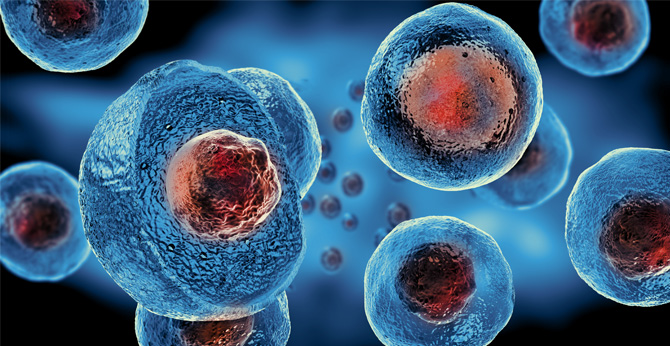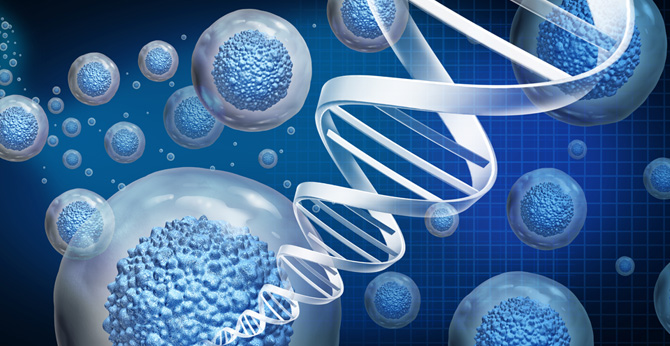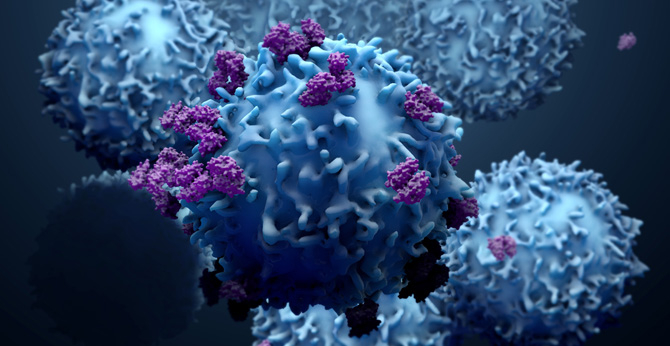All products and services are For Research Use Only and CANNOT be used in the treatment or diagnosis of disease.
Overview
Melanoma, also known as malignant melanoma, is the most serious type of skin cancer. It develops from the melanin-containing cells (melanocytes) — the pigment cells that give the skin color. Melanomas especially occur in the skin but also rarely occur in the mouth, the internal organ such as intestines, or the eye. Melanoma is caused mainly by intense, occasional ultraviolet light (UV) radiation (normally from sunlight and tanning devices). The risk of melanoma can also be increased by a number of rare genetic diseases such as xeroderma pigmentosum.
Sign and symptom
Early signs of melanoma lesion include asymmetry (two halves are different), irregular borders (,uneven or uncertain), color (tan, brown or black, or sometimes white, red, or blue), diameter larger than 6 mm (0.24 in, around the size of a pencil eraser), evolving over time (different from the rest in shape, size or color), elevated above the skin surface, firm to the touch, and growing mole on the skin. The early stage symptoms include itch, bleeding and painful feeling. Based on the type differences of melanomas, the signs and symptoms may vary.
 NEWSLETTER
NEWSLETTER
The latest newsletter to introduce the latest breaking information, our site updates, field and other scientific news, important events, and insights from industry leaders
LEARN MORE NEWSLETTER NEW SOLUTION
NEW SOLUTION
CellRapeutics™ In Vivo Cell Engineering: One-stop in vivo T/B/NK cell and macrophage engineering services covering vectors construction to function verification.
LEARN MORE SOLUTION NOVEL TECHNOLOGY
NOVEL TECHNOLOGY
Silence™ CAR-T Cell: A novel platform to enhance CAR-T cell immunotherapy by combining RNAi technology to suppress genes that may impede CAR functionality.
LEARN MORE NOVEL TECHNOLOGY NEW SOLUTION
NEW SOLUTION
Canine CAR-T Therapy Development: From early target discovery, CAR design and construction, cell culture, and transfection, to in vitro and in vivo function validation.
LEARN MORE SOLUTION

